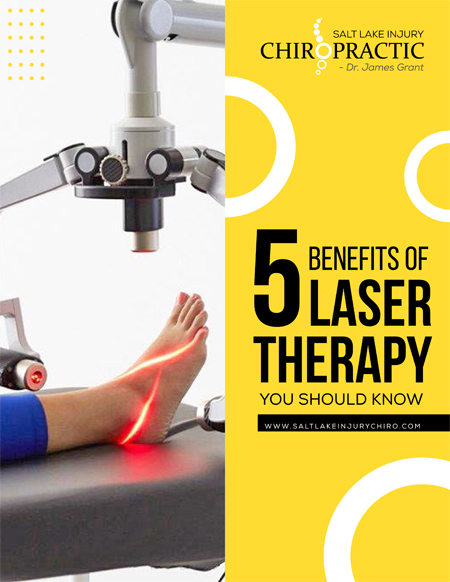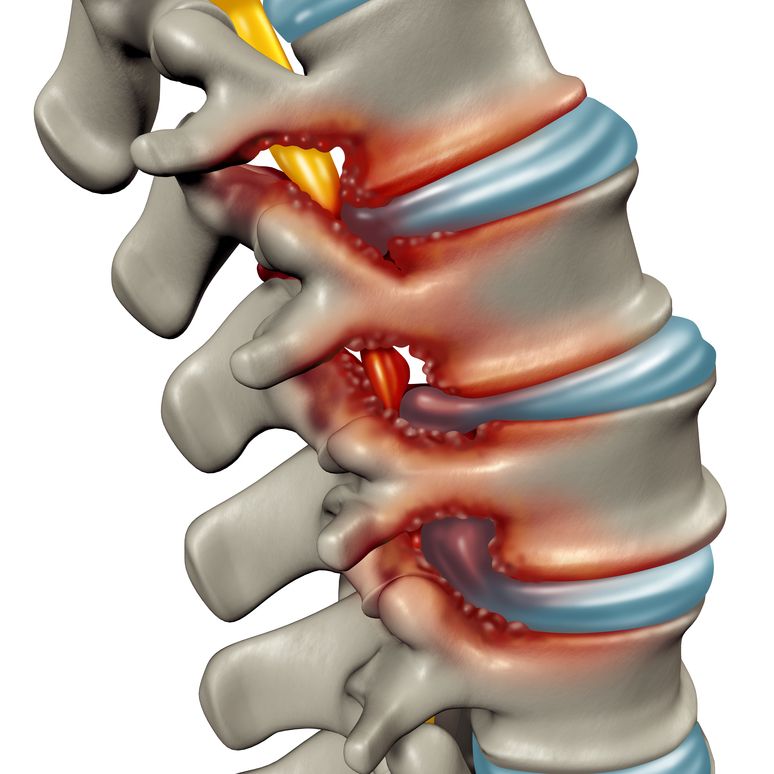
CAN CHIROPRACTORS TREAT HERNIATED DISK?
A lot of people are often fearful of chiropractic care and choose to opt-out of it without even visiting a chiropractor. The idea of having your body manipulated can be scary for someone who is already in a lot of pain.
However, chiropractors offer a non-surgical treatment option to help treat various ailments in the body. A chiropractor can be a great help to patients as he makes it easy to avoid or postpone surgery. So before you choose to go under the knife, it is important to explore the non-invasive methods of treating and alleviating your back pain.
What is a Herniated Disk?
Herniated disks refer to a problem with the rubber cushions called disks present between the individual bones that stack to make up the spine. Sometimes called a slipped disk or ruptured disk, a herniated disk often occurs when the nucleus pushes out through a tear in the annulus.
DO HERNIATED DISK CAUSE BACK PAIN?
One of the most common causes of lower back pain is a herniated disk. While the pain caused by herniated disk often starts as back pain, it can quickly turn into sciatica pain. A herniated disk can occur in any part of the spine and irritate a nearby nerve. This can result in pain, numbness, or weakness in arms and legs.
However, some people living with the herniated disk does not have any symptom, and surgery is not suggested to them.
SYMPTOMS YOU MAY HAVE A HERNIATED DISK
Here are a few symptoms that indicate that you may be suffering from a herniated disk
Arm Or Leg Pain
If you have a herniated disk in your lower back, you will experience pain in your thighs, calf, and buttocks. You can also experience pain in a part of your foot as well.
If the herniated disk is in your neck, you will feel a sharp and burning pain in your arm and shoulder. The pain may shoot into your arm and hand when you sneeze, cough, or move into a certain position
NUMBNESS
People living with a herniated disk often experience radiating numbness or tingling sensation in their body parts connected with the affected nerves.
SCIATICA PAIN
The disks in your lower back often herniate in the posterior region. This region has close proximity to your spinal nerve roots and alters the function of the affected nerve root. This often led to numbness, weakness, or tingling along the front of your leg, foot or thigh. Moreover, these symptoms often affect one leg at a time
PAIN CAUSED BY SPECIFIC ACTIVITIES
Your back pain can worsen if you perform certain activities including pushing or pulling a heavy object, coughing, bending forward, sneezing, or lifting a heavy object.
This condition can be extremely painful and the pain can come suddenly. However, for most people, the symptoms do not last too long.
Other symptoms of a herniated disk include:
- Change in bowel or bladder movement
- Inability to fully straighten your back or neck
- Inability to find a comfortable position to lie down
Weakness in one or both arms
Contact us today to make an appointment.
Testimonials
Chiropractic Care for Herniated Disks
Chiropractors often develop a treatment plan to treat your herniated disk. There are plenty of pros associated with chiropractic care. Some of them are:
- Chiropractic care can help reduce pain and improve mobility.
- It is a drug-free treatment and thus, no medicine-related side effects are involved.
- It is an alternative treatment method for surgery. Patients should exhaust all their non-invasive treatment options before opting for surgery.
A chiropractor is a highly trained doctor with knowledge of the musculoskeletal structure. He can manipulate the spine, reduce inflammation, and promote healing.
Chiropractic care is often covered by your insurance plans like Medicare and Medicaid

Techniques used To Treat Herniated Disk
The techniques used by a chiropractor to treat herniated disk include but is not limited to:
Flexion-Distraction Technique
A common chiropractic technique, the Flexion-distraction technique is used to treat herniated disk symptoms. This technique involves the use of a specialized table to stretch or distract the spine. This gives the chiropractor enough room to isolate the affected area while flexing the spine.
When undergoing this treatment, the patient does not feel any pain, instead, this technique allows the center of the intervertebral disk to assume its central position in the disk. This technique helps in the reduction of inflammation and treat any associated pain.
The flexion-distraction technique is often combined with adjunctive ultrasound, physiotherapy, muscle stimulation, and at home treatments. The chiropractor will recommend a specific exercise and nutritional plan to increase your chances of recovery.
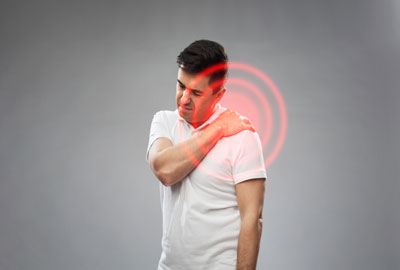
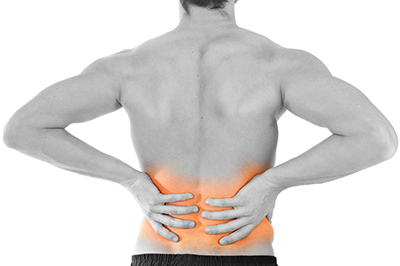
Spinal Manipulation
Another common technique used by a chiropractor, spinal manipulation combines moving the joints, exercise, massage, and physical therapy to treat herniated disk. This therapy is designed to relieve pressure on the joins, reduce inflammation and improve nerve function.
Pelvic Blocking Technique
The pelvic blocking technique is used to treat herniated disk symptoms. This treatment method includes using cushioned wedges, placed under the pelvic. This allows the chiropractor to make changes in mechanics and draw the disk away from the nerve that may be pressing on.


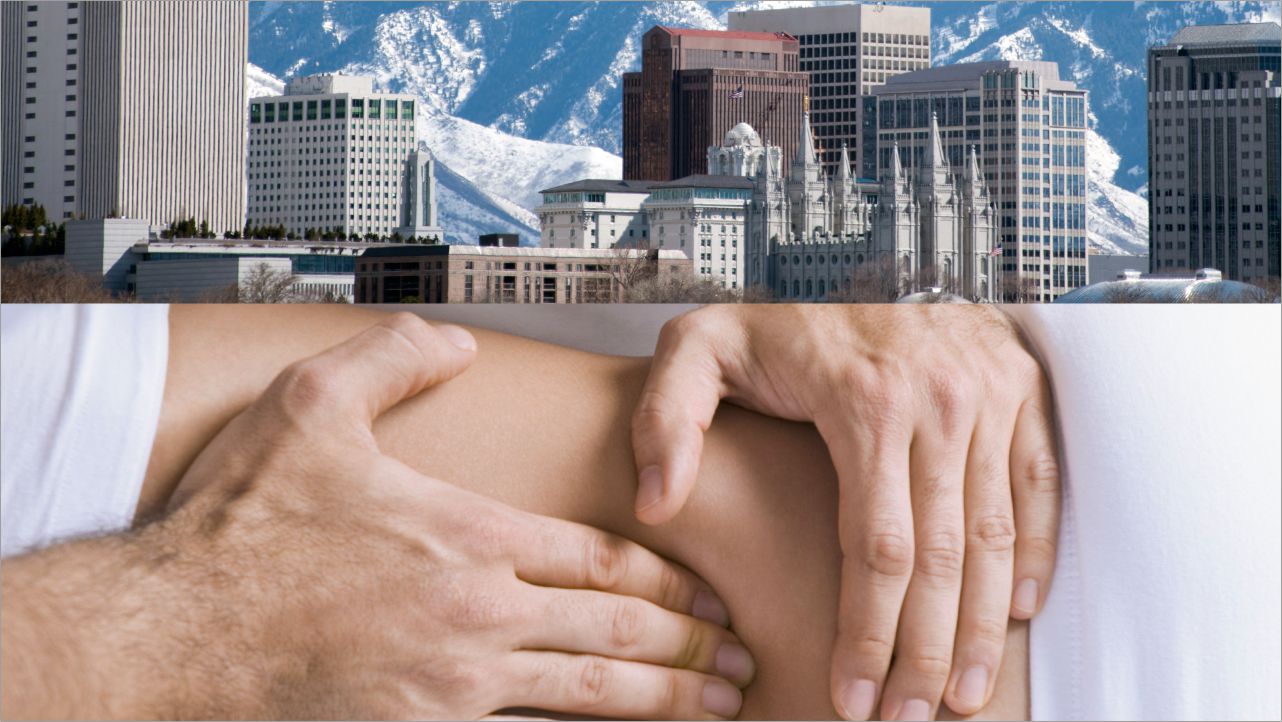
What to Expect On Your First Chiropractor Visit?
If you have been toying the idea of seeing a chiropractor to get your herniated disk treated, here’s what to expect.
Before suggesting a treatment plan, the chiropractor will assess you. They may ask you to get your X-ray or an MRI. They may even run an in-office exam to analyze your posture. Further, he may ask you certain questions regarding your medical problem to work out a course of action with you.
However, it is important to remember that you cannot expect to see immediate results with a chiropractor. The improvements are made gradually and over several appointments.
Looking to get your chiropractic treatment started?
Just visit Dr. James Grant at the Accident and Injury Clinic in Salt Lake City. You can also call now for a free consultation. (801) 663-7685!










